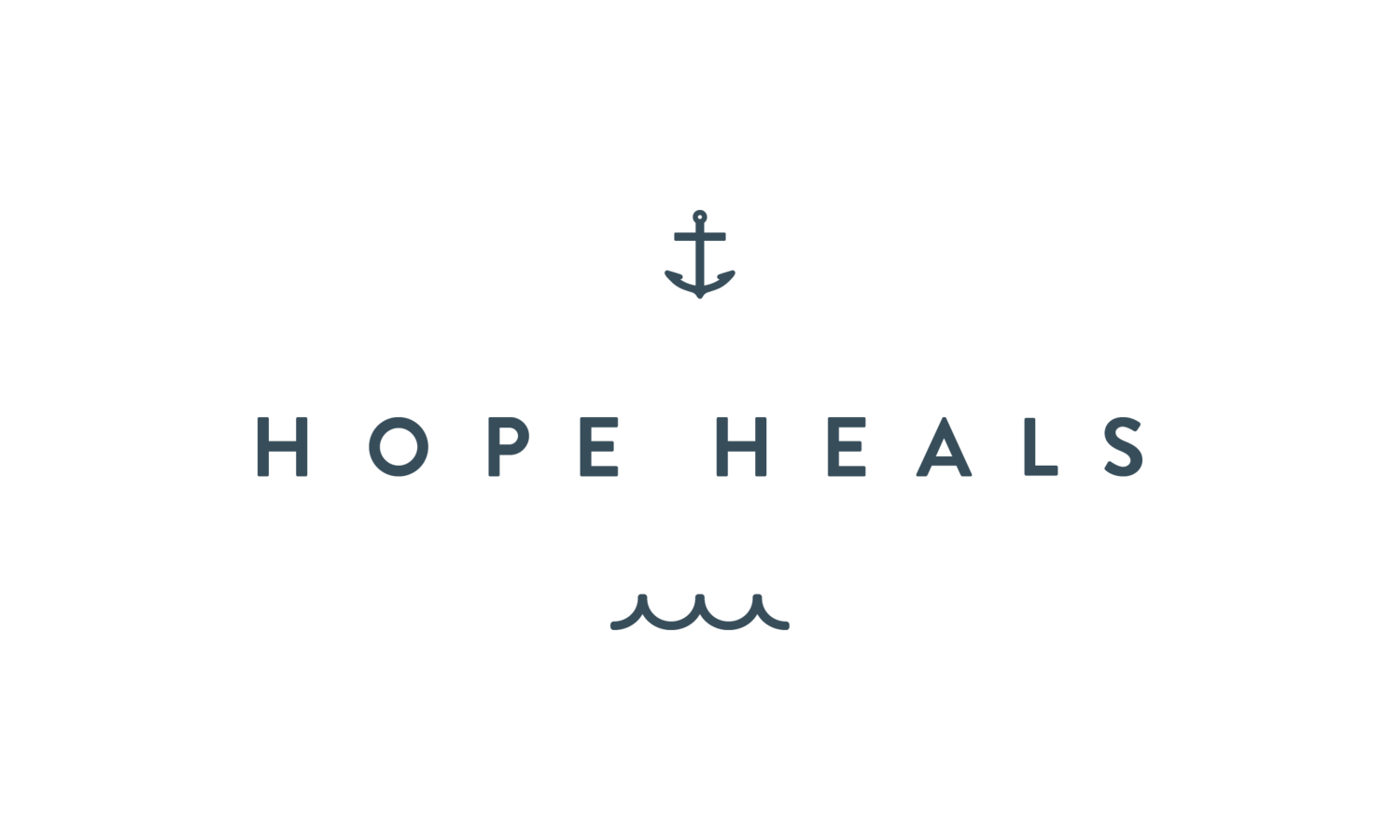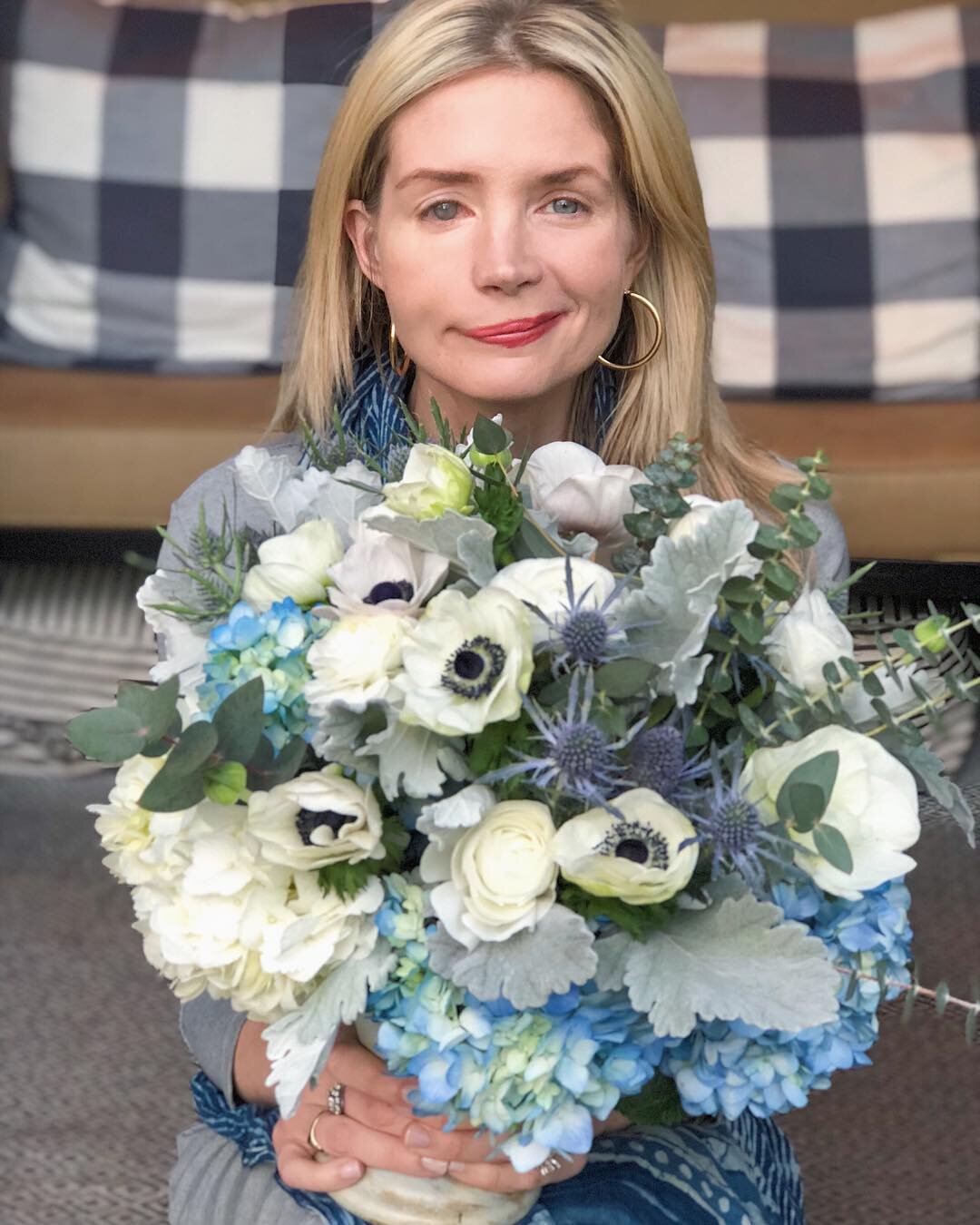My New Face
After my stroke in 2008, virtually everything about my reality flipped in the span of moments. But it took me years into my recovery to begin truly internalizing the the deficits and differences catalyzed by my AVM rupture. One of the most complex “new normals” has been my facial paralysis, which, interestingly, was not caused by the stroke but rather by the severing of seven cranial nerves by my neurosurgeon. This major sacrifice of my facial muscles would be one of the choices that saved my life.
In the first few years after my stroke, I underwent several cutting edge surgeries that attempted to re-innervate the paralyzed portion of my face. I clearly remembering going to a follow-up appointment after one facial surgery and displaying my underwhelming—though admittedly miraculous—little tilted smile to the doctor. “That's outstanding!" he exclaimed, which sounds like a good thing. But in my mind, it only served as validation that this excuse for a smile was all I was left with after years of therapy, surgeries, and medical bills.
After years, I allowed myself to admit my loss is sad and worth crying about. I finally began to mourn my old face, rather than burying the grief in toxic positivity. And when I faced the sadness square on, the healing process finally began in earnest.
I have never cared a whole lot about my appearance. My mom always had to gently remind me to put on makeup before I ran out of the house. I’m certainly no tomboy, but worrying about my appearance, in general, is just not a natural tendency for me. Ironically, I literally stumbled into the world of beauty pageant as a teenager—(don't you hate when people say things like that? But it's true!)—and later made a decent living as a commercial model. Perhaps I took my appearance for granted since beauty and validation were never something I had to chase or work very hard to attain. But in 2008 I got a new face—without my consent—literally overnight, and a large part of that proudly nonchalant attitude about beauty was called into question.
In my long list of issues post-stroke, my facial paralysis fell far below my inability to walk, eat, and swallow. In a weird way, having so many other issues to deal with was kind of a blessing. My litany of deficits made my facial paralysis a little more palatable, rather than the focus of my life. Yet as those issues became more manageable, the facial paralysis issue began taking up more emotional surface area in my life.
While my face wasn’t a major focus in the early years of my recovery, I felt stung by the experiences of a child walking up to me at the mall and asking what was wrong with my face, a well-meaning friend awkwardly suggesting I put on my sunglasses for the picture, or feeling utterly ashamed at my reflection in the mirror. Those heartbreaks presented me with much deeper questions about who I am and what I actually valued. If I had never really cared much about my appearance, why was I so hurt when my beauty took a new form? Is it okay to feel sad about things on the outside not looking how you want them to look? Have I gone to such extremes to regain my smile for vain purposes, and moreover, was all of that—a total of over 25 hours of surgery and 2 weeks in the hospital—for nothing?
Not only was I dealing with the suffering, I was now dealing with the guilt of not suffering well enough.
I am still working through these questions and more. But I know that even when my identity is firmly set in who I am in Christ, I am still human and live out my reality in this natural world, full of beauty and full of pain. That tension of transcending identity and human ego will always exist on this side of heaven. I’m not going to beat myself up for grieving the face I had for 26 years, but I also refuse to hide inside because of shame. There is grace for that struggle, and there is hope beyond this present body and these present circumstances.
Since going down the path with the reconstructive surgeries, I still had a flickering sense of hope that my restoration would include my smile and my (very animated) face returning to normal on the right side. Those results never came to fruition exactly as I had imagined and, honestly, there are days that I don't feel all that beautiful on the outside. But now I know that my face now tells a story deeper and richer and more intentional than good genes or expensive makeup. My face tells a story survival, second-chances, and suffering strong.

